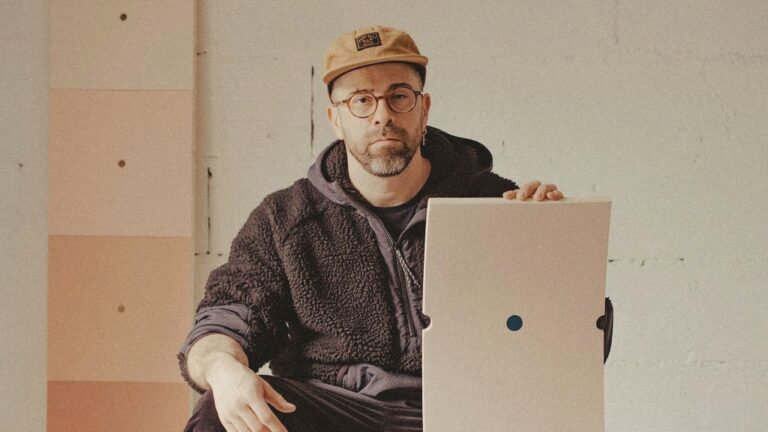
A Conversation with Alejandro Javaloyas
A Studio Visit During the La BIBI Residency
Reza Mirghiassi (born in 1984 in Tehran, Iran, and resides and works in Australia) is a contemporary artist who is best known for working in film and photography. Mirghiassi’s artistic practice is strongly intertwined with activism, exploring the often-troubled relationship between individual freedoms and society’s expectations. In doing so, a strong focus on feminist issues arises.
SW
Dear Reza Mirghiassi, welcome to CAI. We are most happy to have you. How have you been?
RM
The pleasure is all mine. Thank you for having me, Sylvia. I’ve been working on a project called “Wonder Women” (see image below). I have created this new series, especially for the upcoming Paris+ par Art Basel. As you may know, the Galeries Emergentes sector in Art Basel focuses on emerging artists and aims to introduce new artistic perspectives to a global audience. I really hope I will be given the opportunity to showcase my works in the upcoming Galeries Emergentes.
SW
Fingers crossed! Could you tell me more about your road to artistry? When and why did you decide to become an artist? In particular, how did you become a fine art photographer and video artist?
RM
I became an artist because I wasn’t good at anything else! I’m just joking, or maybe not! The truth is I’ve always been fascinated by the visual power of imagery, especially photographs, paintings, and films. I will never forget the first time I saw Afghan Girl by Steve McCurry. It struck me like a lightning bolt—the mixture of pain, resilience, fear, and helplessness in a single photo.
I think photos like Afghan Girl ignited a passion in me that led me to the world of visual art. I first started photography as a hobby, but eventually, I enrolled at Azad University and ended up with a BFA in visual art. The truth is the road to becoming an artist is very, very long. It takes a lifetime to develop your craft, and anyone who tells you otherwise is just plain wrong. I’ve never felt that I have arrived. I will never feel that way. It’s a never-ending road, and that’s the beauty of it.
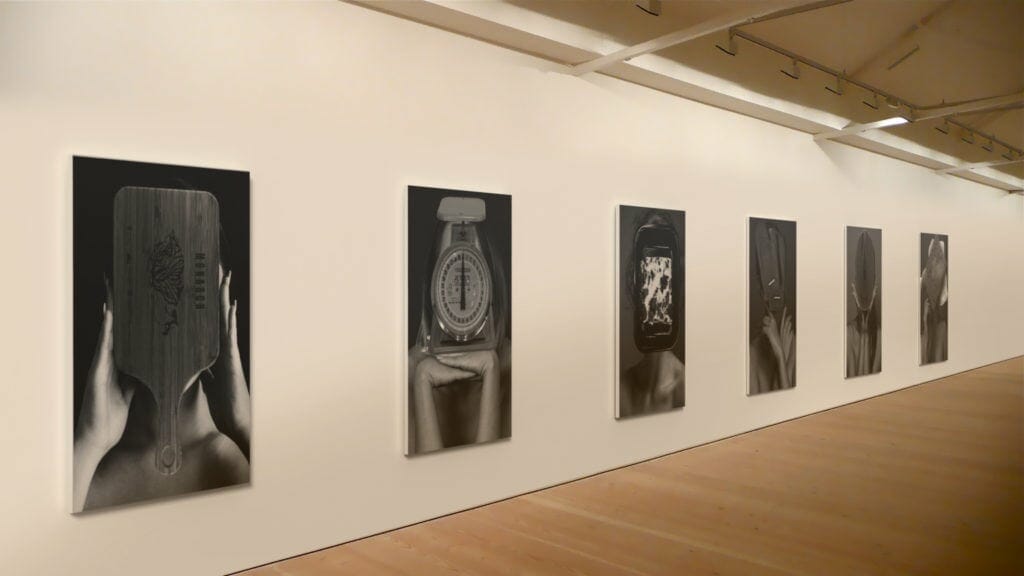
SW
On that particular note, how did your walk of life affect this trajectory toward artistry? In particular, how did this connection between your artistic practice and your socio-political activism come about? Was the first a result of the latter, vice versa, or simultaneously?
RM
I have always seen art as a tool to raise critical consciousness. I think art has always been used as a means to record history, shape culture, and harness social transformation. Recent examples of that are the works of Banksy. Girl with Balloon or Bomb Hugger—for instance—uses ironic juxtapositions to emphasize the true nature of war.
Being born and raised in the Middle East, fighting for justice and equality has always been an important part of my life. People in the Middle East have been denied basic human rights, such as freedom of speech. Therefore, we often seek indirect ways to express our thoughts and feelings about our socio-political situations.
Art allowed me to impart information and ideas of all kinds without raising too many eyebrows. From the very early days of my career, I realized that I could raise my concerns about individual freedom and feminist issues through my artwork without getting into trouble. And it’s been my artistic practice since then.
SW
In 2017, you produced the Kadjar series. Could you clarify your thought process and the production process? How did you create these staged settings, and how did you select the subjects and their attributes? Here, it seems as if you truly discovered the power of anachronism. Do you believe this is the key element of the series?
RM
In the Kadjar series, I decided to photograph women in settings reminiscent of the Kadjar dynasty era (1789 to 1925) in Persia and added modern pop culture objects, such as a can of Pepsi or a ghetto blaster, which don’t belong in that time period. My aim was to help a contemporary audience relate more easily to this historical period. The result was comic, yet a defiant study of female emancipation emerged in the face of political and social adversity.
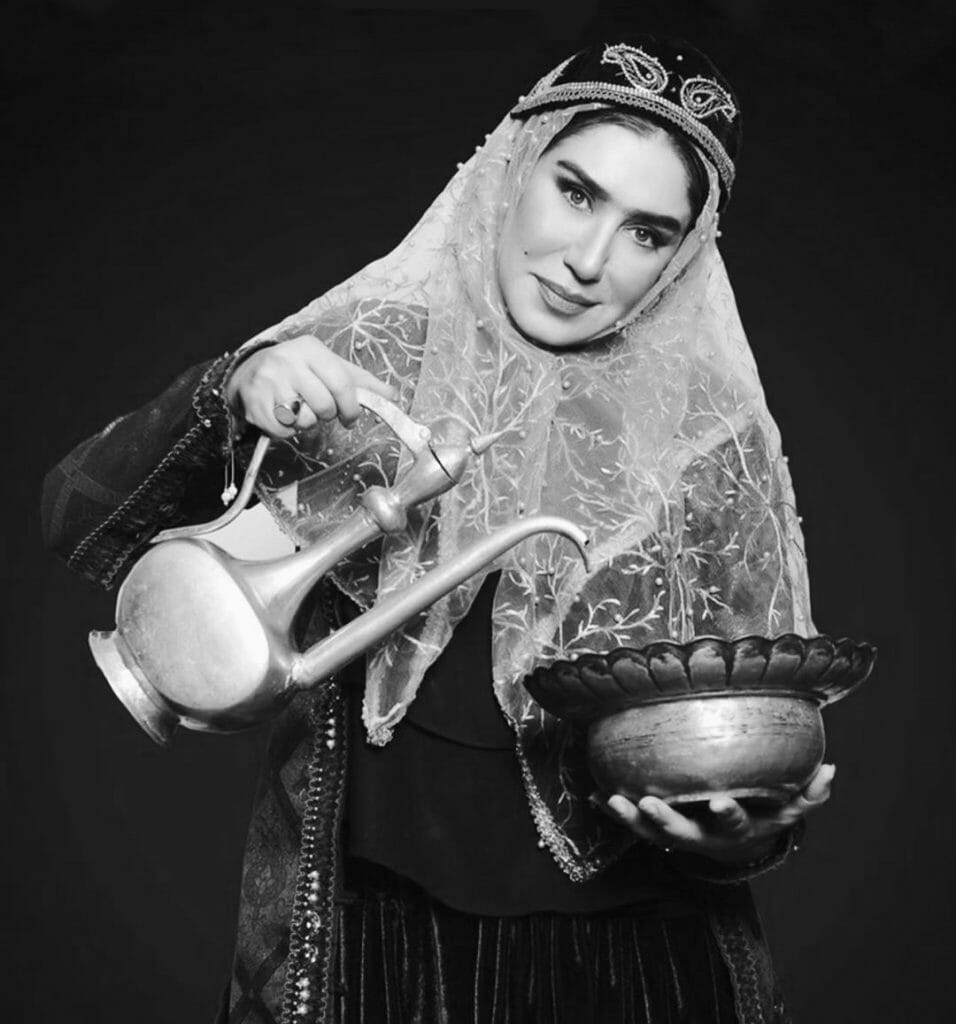
SW
We continue chronologically, arriving at your subsequent series of works titled Once We Were Women from 2019. What was the main idea or objective of this series?
RM
In Once We Were Women, I photographed Iranian women through the painted glass while wearing a scarf. The women’s rights movement in Iran dates back to 1910. Between 1935 and 1978, the Iranian women’s movement gained victories such as the right for women to vote, family protection law, and divorce and custody rights. However, since the Islamic Revolution in 1979, women’s rights in Iran have been restricted. Several laws have been established since then, such as the introduction of mandatory veiling and public dress codes for females.
When we take away basic human rights from women, such as their right to choose their clothes, we, in fact, reduce women to objects. The clothes that we wear are a reflection of who we are and what we believe. The clothes that you choose to wear are a form of self-expression. What strikes me here the most is that men decide for women what to wear! So the title of this series, “Once We Were Women,” reminds us of a happier time when women could speak for themselves.
SW
From a visual perspective, your work also makes a shift. You introduce color and post-production techniques, thinking of the artistic interventions in the form of brushstrokes on top of the photographs. The location of these brushstrokes on the photograph is not by chance, covering the skin and hair of the depicted subjects, critiquing cultural mores or religious restrictions.
RM
That’s right, Sylvia. In this series, I used color in order to capture the beauty and elegance of women. Then, I applied brushstrokes on top of the photos to cover their skin and hair. In other words, they are censoring their beauty. If you think about it, art and censorship have simultaneously co-existed and collided for centuries. Perhaps one of the earliest examples of art censorship is Michelangelo’s The Last Judgement, which was labeled as unholy and later repainted by one of his pupils. I also want to comment on self-censorship, which is truly a phenomenon. People censor themselves out of fear of punishment, which allows those in power to control the narrative of human rights in the country while actively discouraging the public from speaking out.
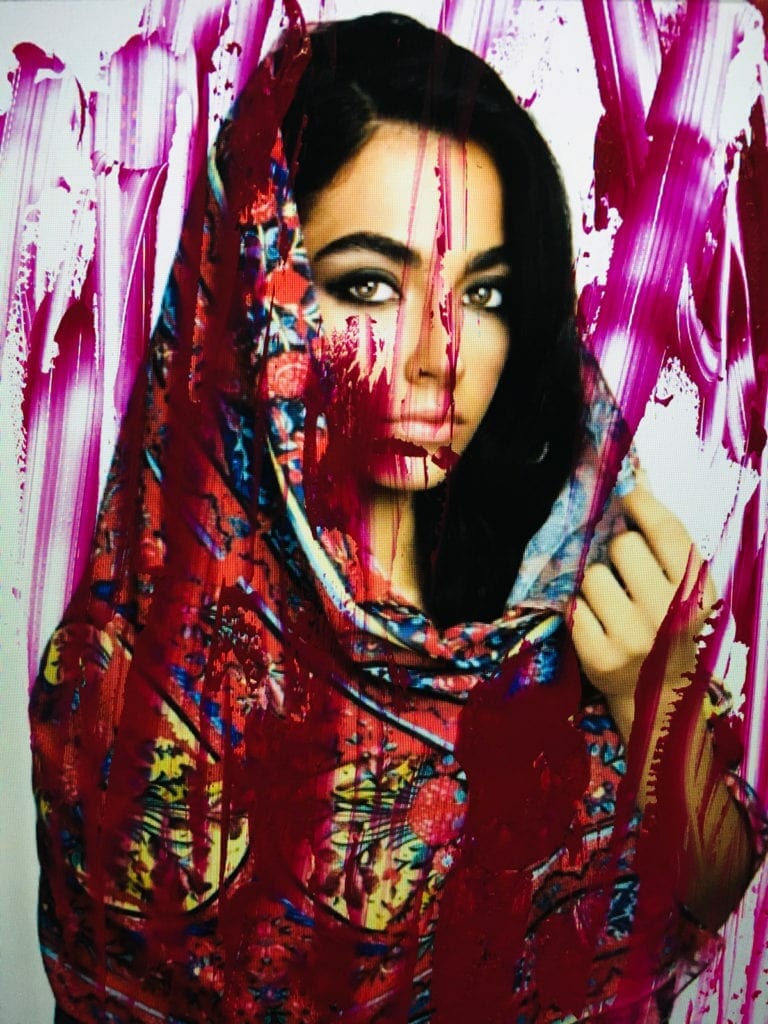
SW
From a retrospective point of view, did this visual turn open up new possibilities for future works? In particular, introducing post-production interventions paved the way for collage techniques.
RM
I see my collage portraits to be a continuation of my previous works. As you mentioned, post-production intervention plays a key role here. I’ve always been fascinated by the idea of juxtaposition. Placing things side-by-side to compare or contrast their elements. In creating my collages, I was deeply inspired by Rene Magritte’s self-portrait, The Son of Man, and Urs Fischer’s recent works.
SW
This brings us to your latest photographic series, Wonder Women from 2021-2022.
RM
In Wonder Women, I tried to comment on how society and the media portray women by using juxtaposed visuals. My aim was to create a relationship with the viewer that is ironic and subtly unnerving. In this series, I tried to take a broader approach to women and feminist issues that would be compelling to a wider female audience.
SW
Once again, we encounter a clash of tradition and modernity. How did you arrive at creating these witty collages?
RM
I’ve always been interested in how society and media portray women. Women in media are often portrayed as thin, white, and pretty. These model-like women are far from the normal women that we see in our everyday life. There is a saying among wedding photographers that is “never put a fat bride in your portfolio, even if it’s your best wedding photography.”
It’s brutal, but it’s also a vicious circle, given that women will not book a photographer who has “normal women” as clients, and the whole thing keeps reproducing itself. So it’s not only the media but also society that sometimes can be its own worst enemy. In these collages, I raise issues about domestic drudgery and the cruel anonymity of many women.
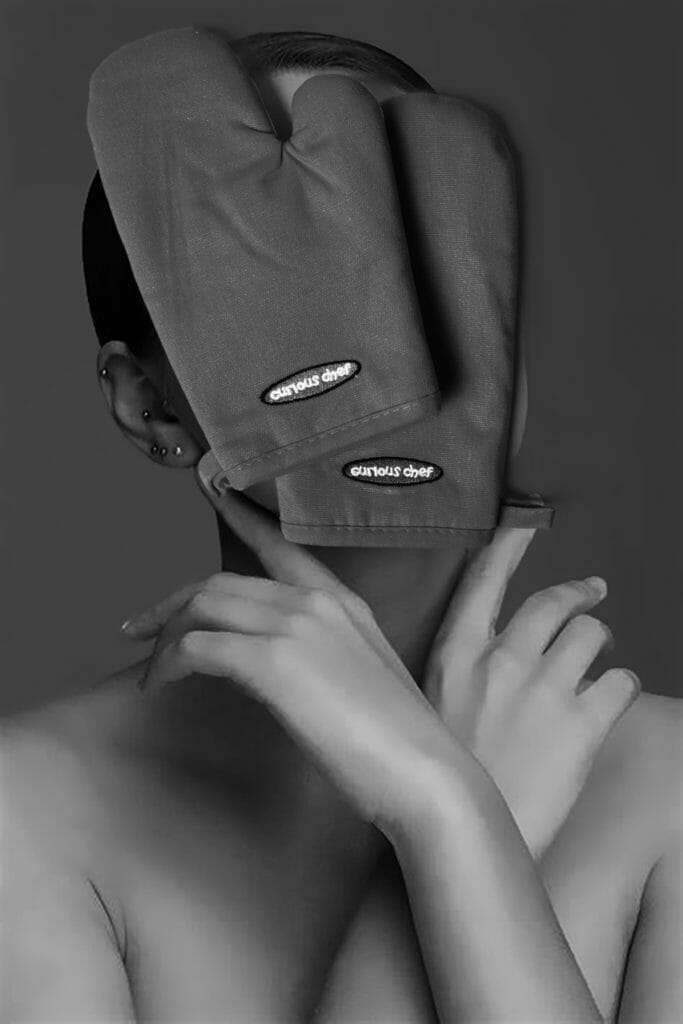
SW
Let’s talk about the collages in which daily objects cover the faces of women. It’s as if the female is being reduced to domestic tasks or to a sexual object to own.
RM
The collage portraits bring into focus the manner in which complex female personality, with perhaps talents and aspirations and potential, is reduced to physically demanding domestic duty that is terribly limited in scope. Many men still see women as inferior or even as males’ property. I covered women’s faces with common household objects, such as kitchen scales or sponges, to challenge the stereotype of women as homemakers.
SW
With the Bloom pictures, you are also contesting domestic violence. Why did you opt to cover the bruises with flowers, contrasting the alarming with the beautiful?
RM
Thirty percent of women worldwide have been subjected to either physical or sexual violence. Even in developed countries, violence against women is widespread. I always wanted to bring awareness about violence against women to the public through my works, and I finally did it in the Bloom series. The whole meaning of bloom is to open up, flourish and grow.
When I created the Bloom series, I chose not to show women as victims but instead, as strong human beings that overcome violence and grow and flourish; the women that have been portrayed are not crying or crouching. They are not weak or fragile, but instead, they’re shining. The flowers here are metaphors that reflect life, happiness, and personal growth.
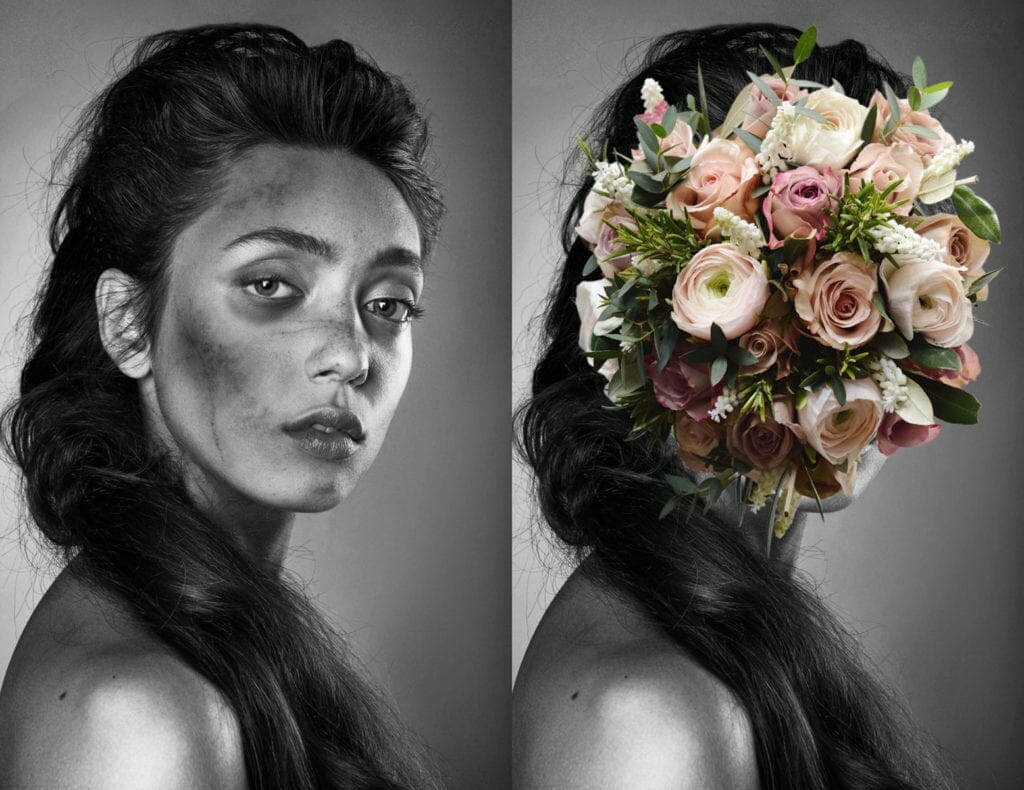
SW
Would you say your entire photographic oeuvre, encompassing the three aforementioned series of works, is an ongoing examination of the power of juxtaposing conflicting elements? The juxtaposition does not seem to be merely a tool for artistic expression but also becomes a weapon for social activism.
RM
I use juxtapositions mainly because it adds layers of meaning, irony, and depth to my work. I think a good artist in any discipline is a storyteller. If you want to tell an interesting story, there should be a form of juxtaposition in your work; otherwise, that work of art will diminish to merely decoration or muzak.
Certainly, juxtapositions can be used as a tool for social activism. We can find great examples of that in Barbara Kruger’s artworks. She often uses sign language, words, and gestures to question cultural stereotypes, and her works have inspired many social activists. I think the real power of juxtapositions lies in their vagueness. It leaves it up to to the audience to establish connections and discover or impose a meaning.
SW
Let’s also discuss your video works. In 2015 you directed the artistic film titled Reflection, followed by a second film in 2019 titled Delusions of Persecution. How does your video work relate to your photographic work?
RM
Both film and photography involve storytelling with imagery, and the same camera can be used to capture both. I am saying that the two mediums are vastly different. Videography can be exhausting as it requires constant attention to many variables. Lighting, composition, and audio must be considered second by second as the camera continues to record.
I started filmmaking because I wanted to try something different. I’ve spent my entire career exploring the relationship between individual freedom and society, but in filmmaking, I decided to free myself from my personal concerns. In Reflection and Delusions of Persecution, I tried to explore the power of the unconscious and dreams. I don’t see myself as a filmmaker but as a film enthusiast.
SW
To conclude, what may we expect in the foreseeable future? Any news hot off the press you could share with us?
RM
Well, we’re currently preparing for my upcoming show, Wonder Women. I’m also expecting some good news in the coming weeks, but let’s discuss that on another occasion!
SW
We’ll certainly do that! Thank you so much for our conversation. It has been a true pleasure!
RM
Thank you for having me. All the best.
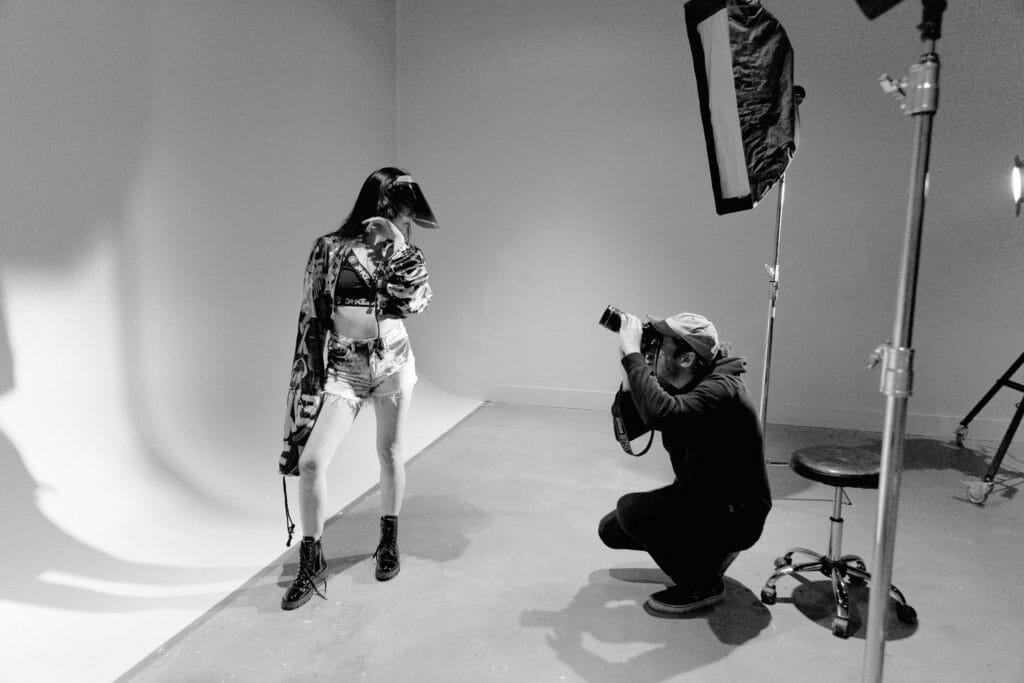
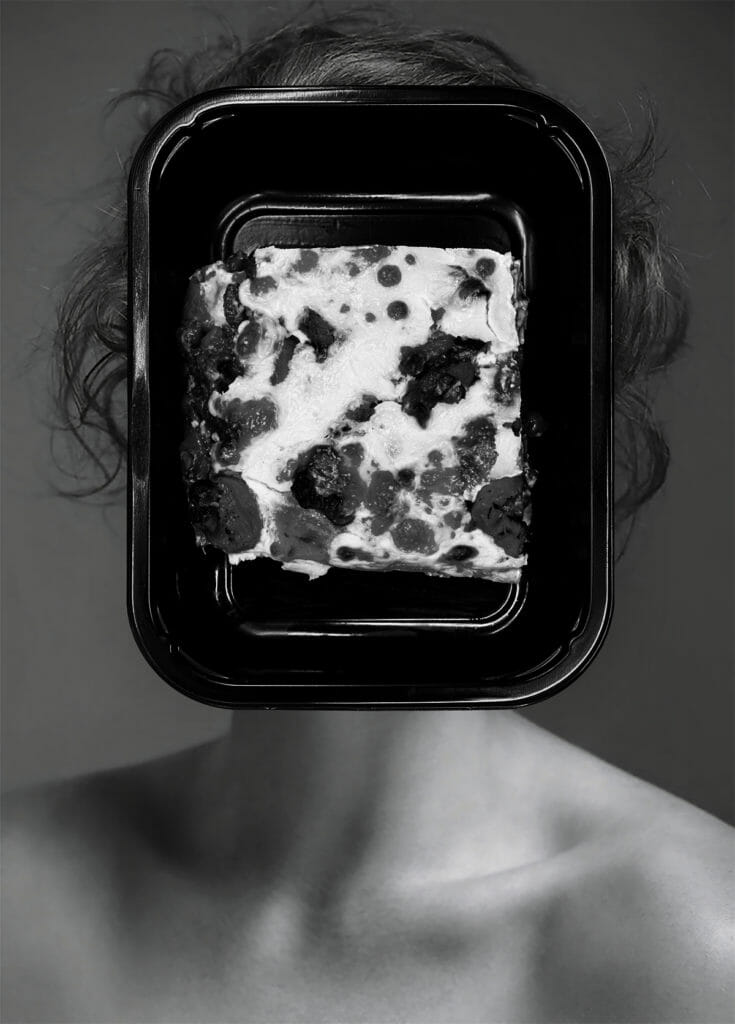
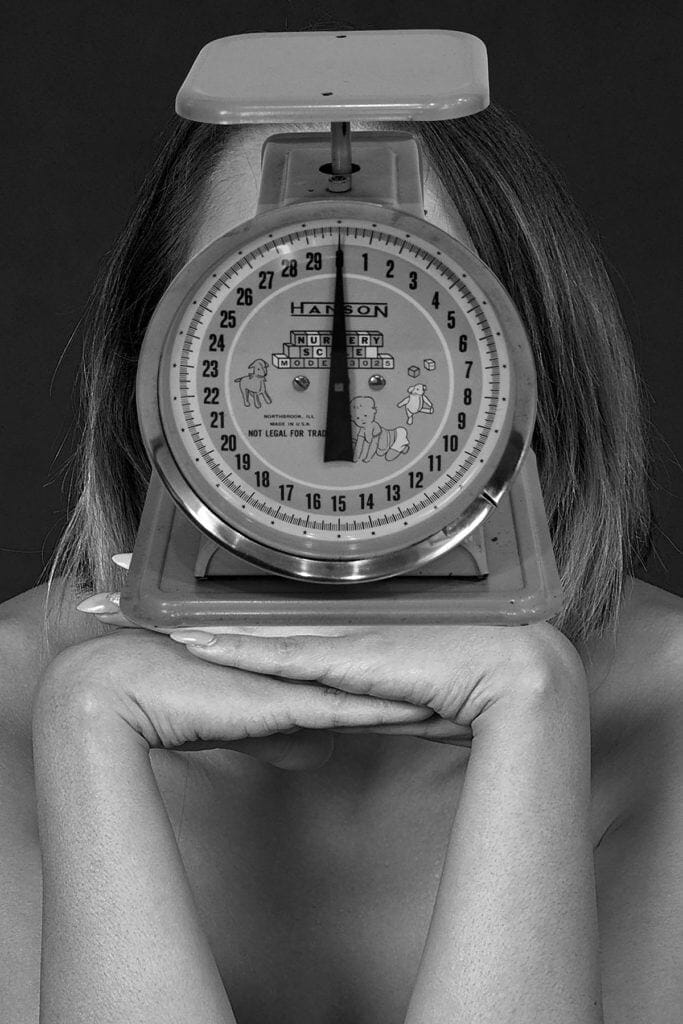
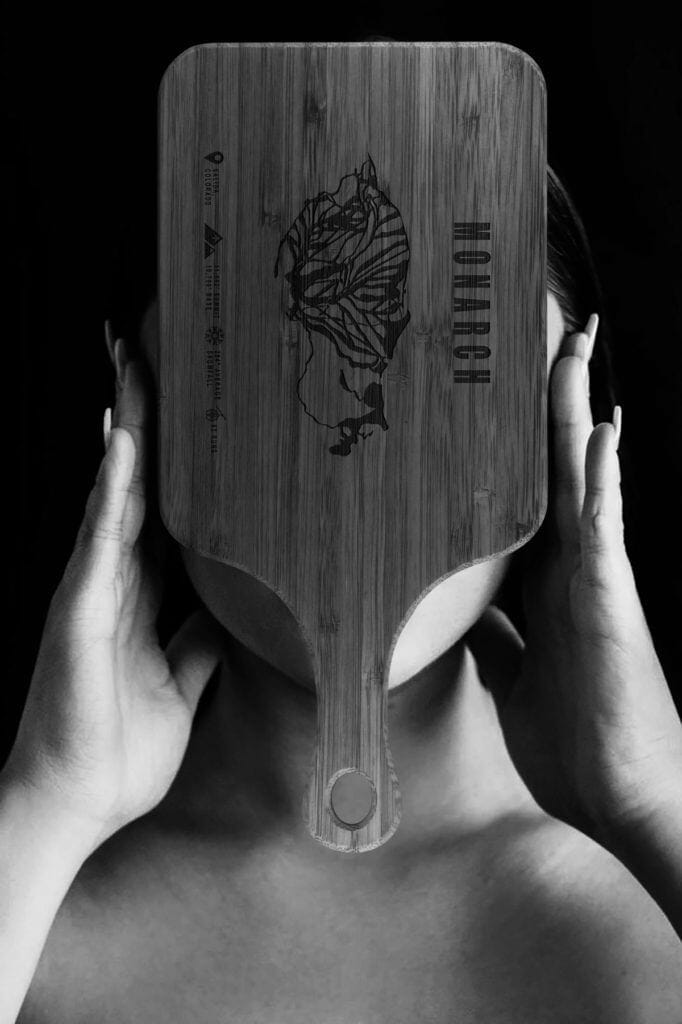
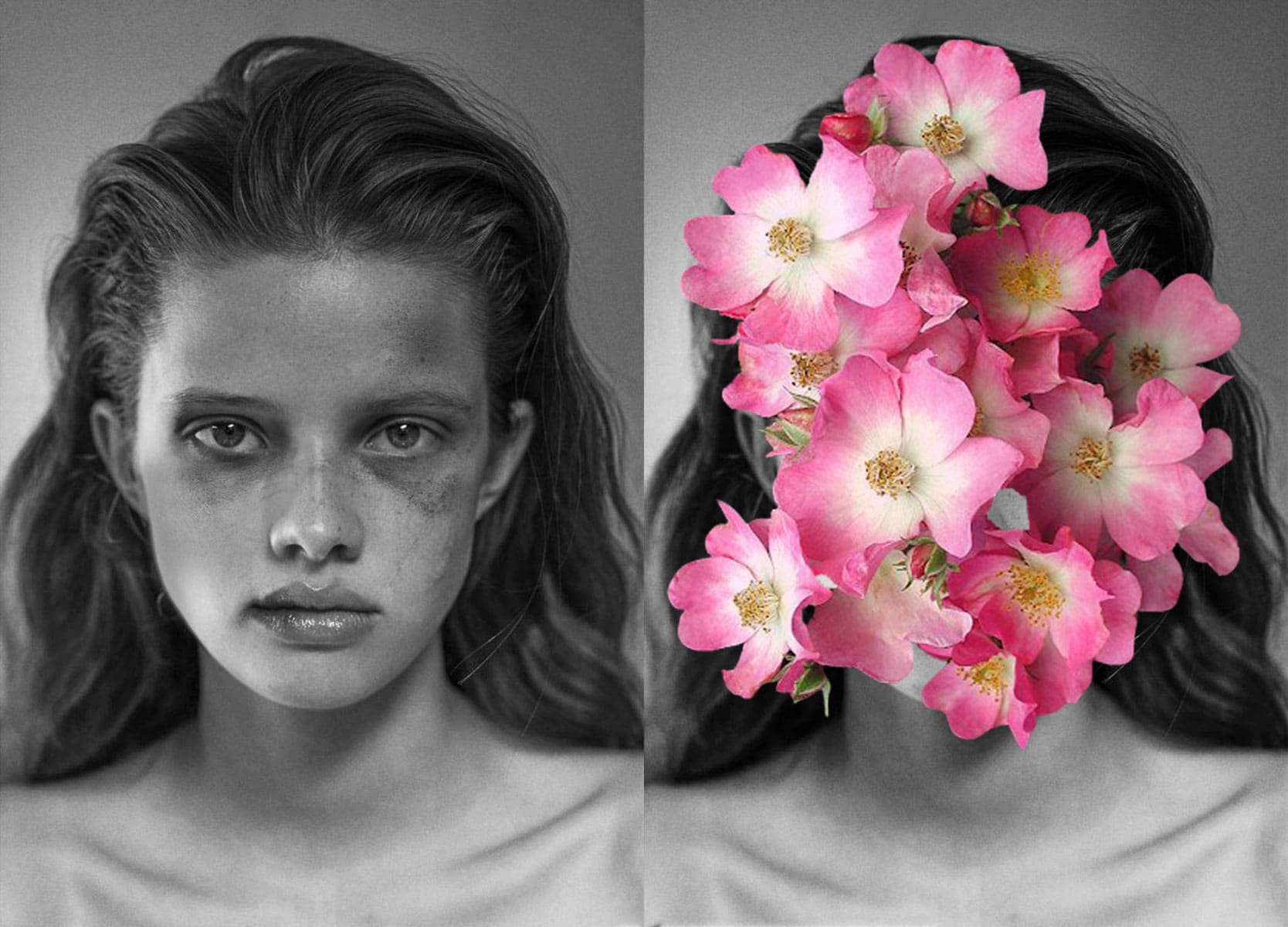
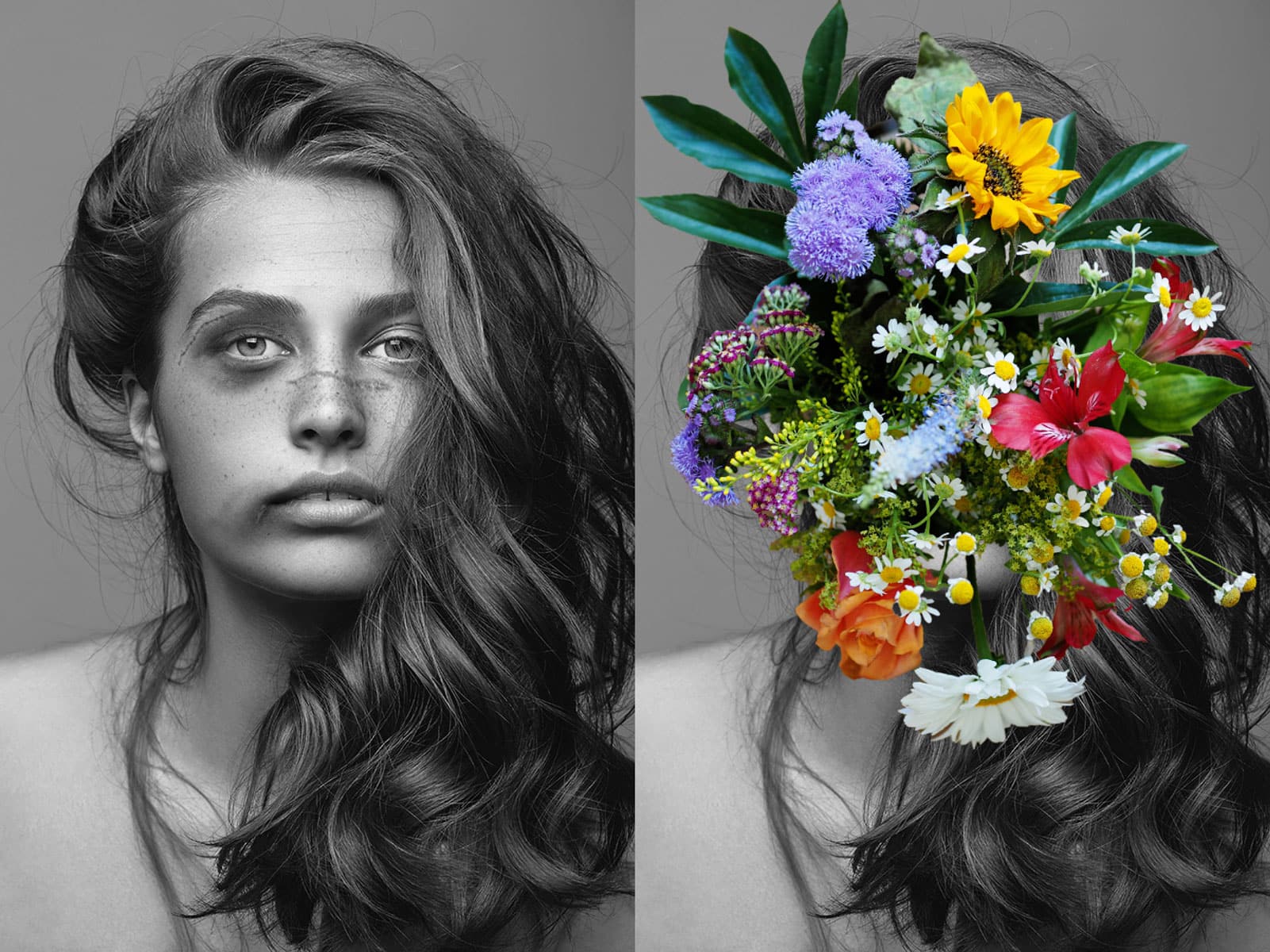
Last Updated on May 2, 2023

A Studio Visit During the La BIBI Residency
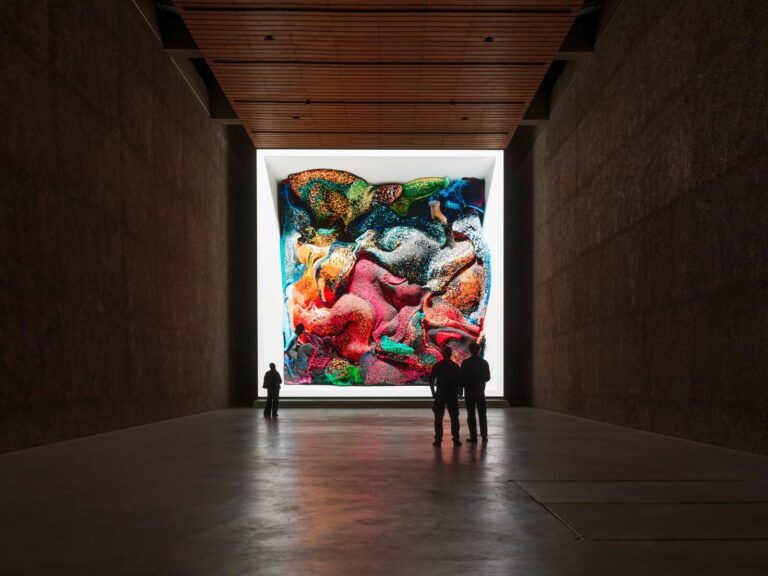
A Reasoned Anthology